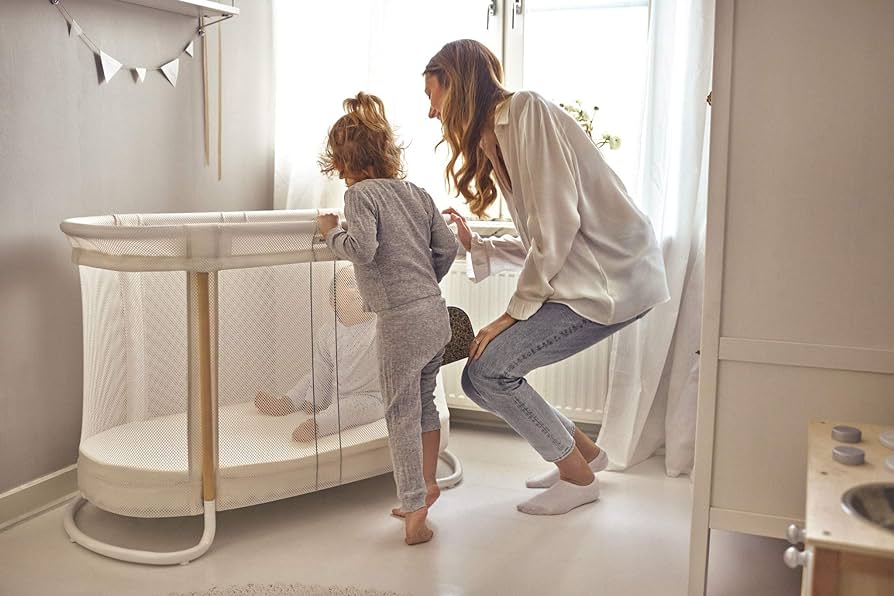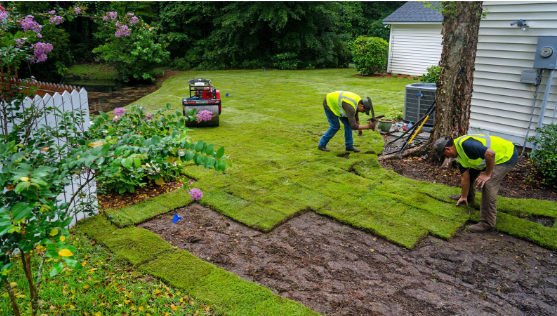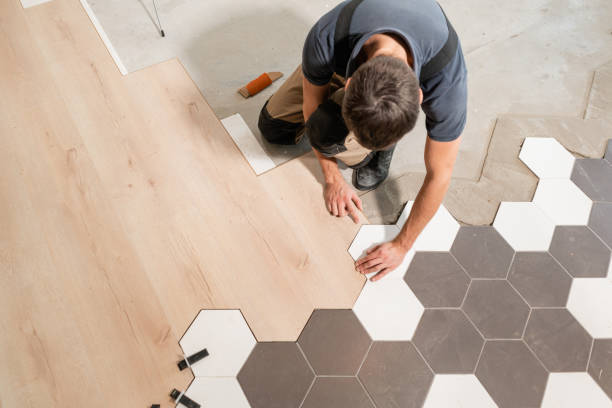A walk-in cooler is a crucial tool for any food business. From restaurants to grocery stores, these coolers play an essential role in preserving perishable products and ensuring food safety standards. So, regular maintenance is necessary to confirm that your walk-in cooler functions properly. This preventive maintenance can extend the lifespan of your refrigerator and prevent expensive repairs or replacements.
This article will delve into the important tips and practices for correctly handling your walk-in coolers.
Inspect and Check Unit
The initial step is to check your unit. A comprehensive top-to-bottom inspection of the entire walk-in can help you detect problems early.
Leaks: Look for leaks in any tubing or pipes during your examination. Use an electronic leak detector for particularly uncertain areas.
Corrosion: Check the complete unit for rust. Examine all the cabinets, tubing, and joints!
Oil Stains: Monitor for oil stains on headers, return bends, and evaporator and condenser coil fins.
Drain Pan: Inspect the drain pan to make sure that it is free of debris, obstructions, or ice accumulation. As a bonus, test the drain to confirm that it works perfectly.
Doors: This may shock, but the most common cause of walk-in cooler repair is door damage. Without an appropriately working door, the cooler’s performance may lower dramatically. Above all, make sure there is adequate tension and a tight seal on the door.
Install a Temperature Monitor
When temperatures rise in your cooling unit, identifying and promptly addressing this is crucial to prevent the spoilage of your inventory. However, current monitoring methods are time-consuming and require staff presence for manual temperature checks, making inventory vulnerable when staff leave for the evening.
So, installing a monitor that continuously measures the temperature in your cooling units and records that information allows you to identify temperature changes the moment they happen. Data trends also help you in observing variations in energy consumption over time. This can also alert you to potential equipment problems before they become apparent.
Regular Clean Condenser Coil
One of the most vital parts of your commercial walk-in cooler/freezer is the condenser coil, which should be cleaned at least once monthly. Your condenser coil emits heat. If dirt, grime, or a blockage covers the coil, it can become unable to perform its function and eventually harm other components of your device.
Furthermore, you can use a wet-dry vac to rinse the exterior of your evaporator coil. This can clean the surface while also blowing out any dirt embedded within the coils. The exterior of the condenser coil should be cleaned using a damp rag soaked in soap.
Examining the Electrical Wiring and other Components
You should thoroughly inspect all wiring for signs of wear, kinks, exposed spots, and discoloration. Any damaged wire should be exchanged. Verify the tightness of every electrical and ground connection twice and tighten as necessary. When using fan cycles and defrost controls, make sure they’re functioning and turned.
Watch for scarce ice patterns and adjust defrost cycles accordingly. Check the defrost heater’s actual amp draw against the unit data plate. Ensure that heaters are visually checked for consistent surface contact with the coil.
Adequate Airflow
Proper airflow is critical for maintaining the ideal temperature and avoiding temperature fluctuations within the walk-in cooler. Follow these guidelines to guarantee proper airflow:
Avoid Overpacking: Overpacking can cause uneven cooling and hinder airflow, despite the temptation to maximize storage space. Leave enough space between substances for air circulation.
Don’t Block Vents: Verify that boxes, containers, or other food items do not block vents and air circulation pathways. Remove any obstructions to promote optimal airflow.
Regularly Clean Evaporator Coils: Dust and debris can accumulate on evaporator coils, limiting airflow and reducing cooling efficiency. Regular coil cleaning may preserve appropriate airflow.















